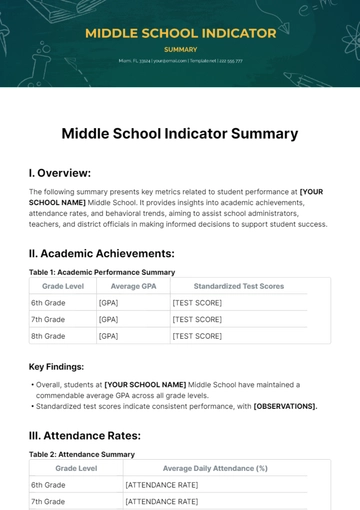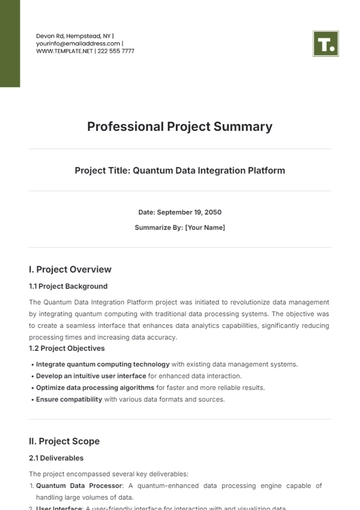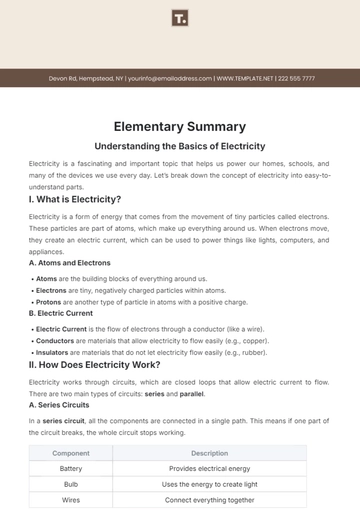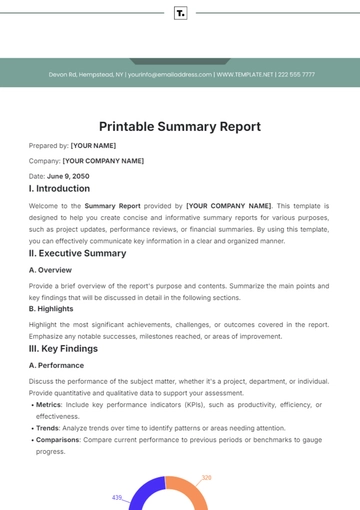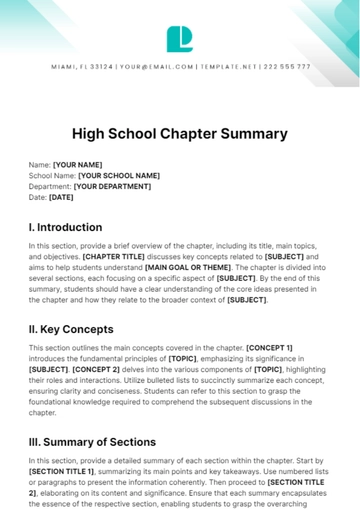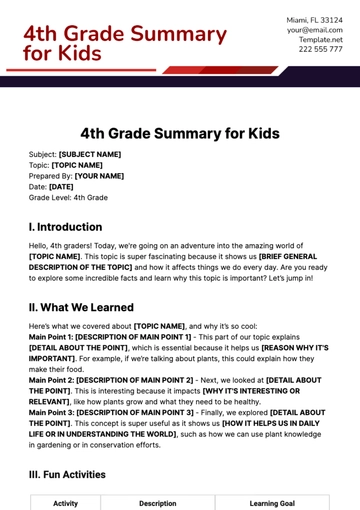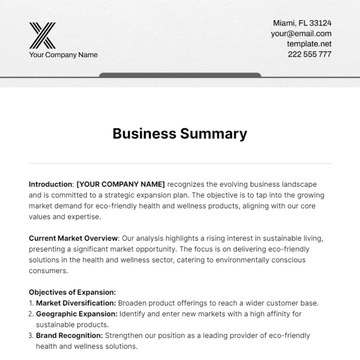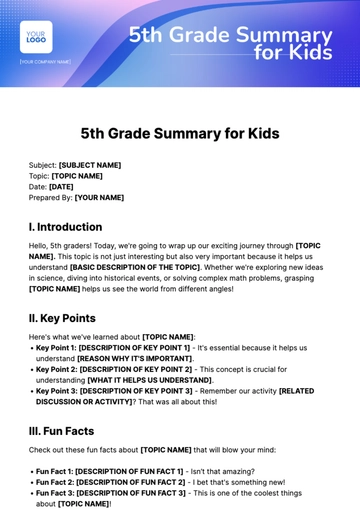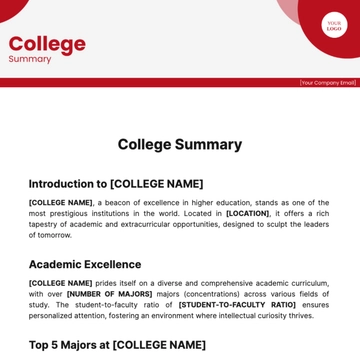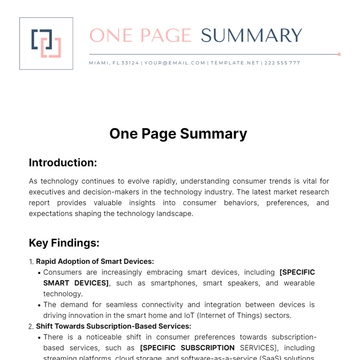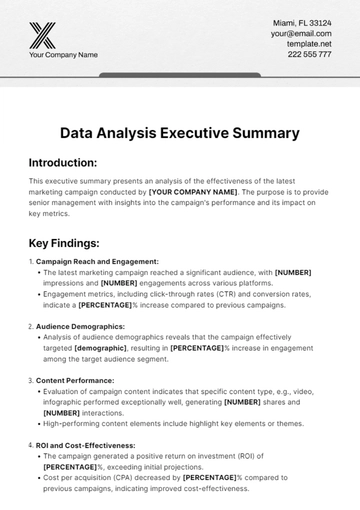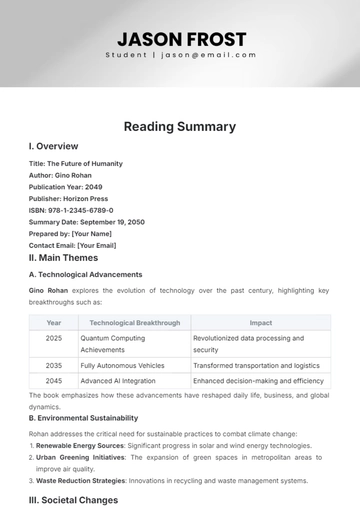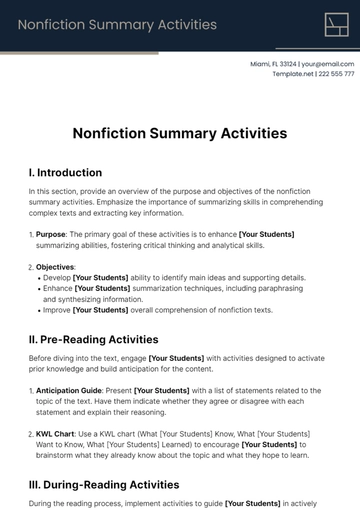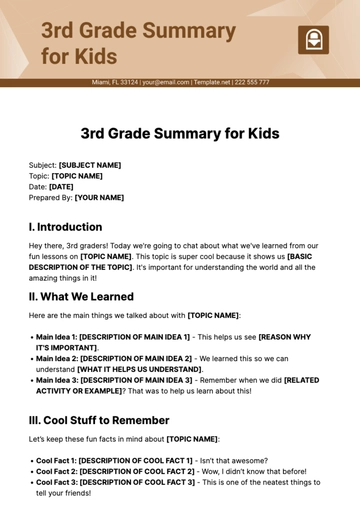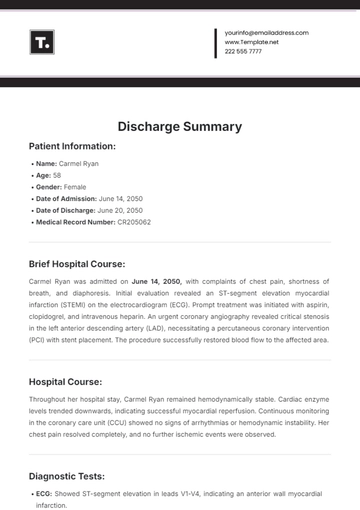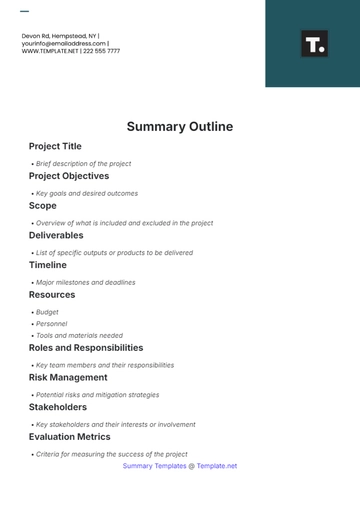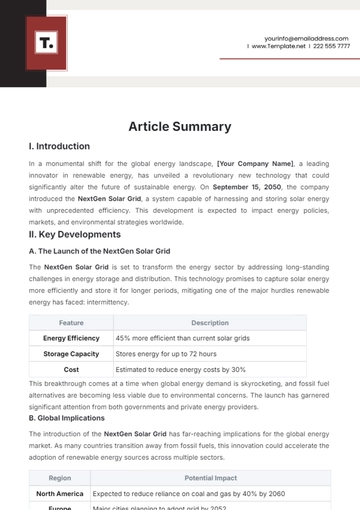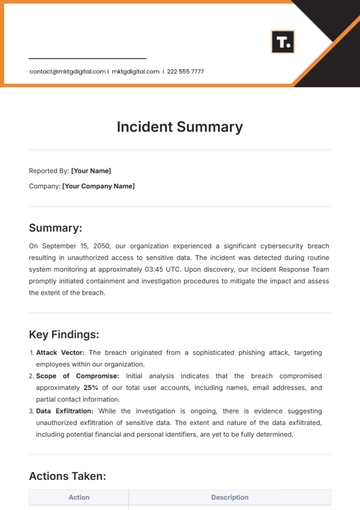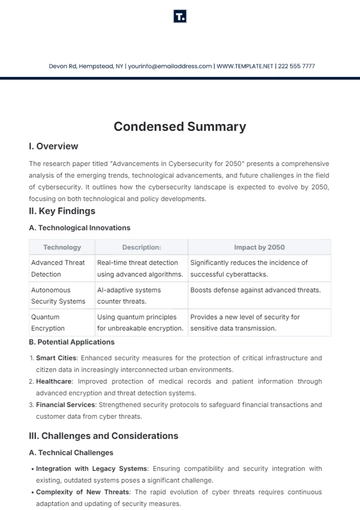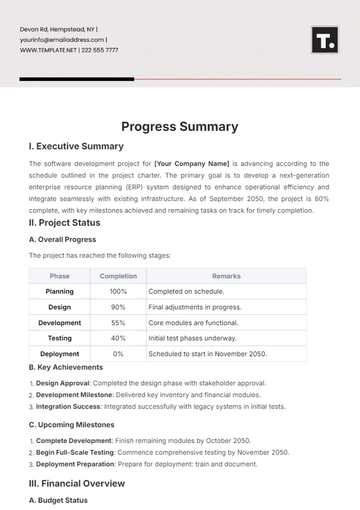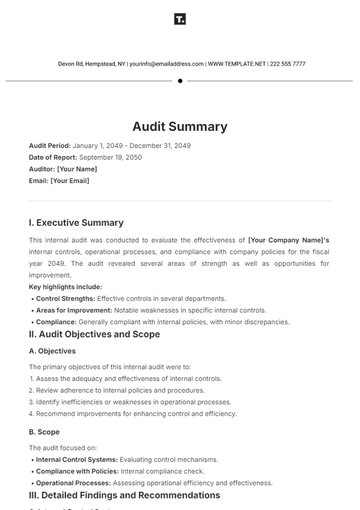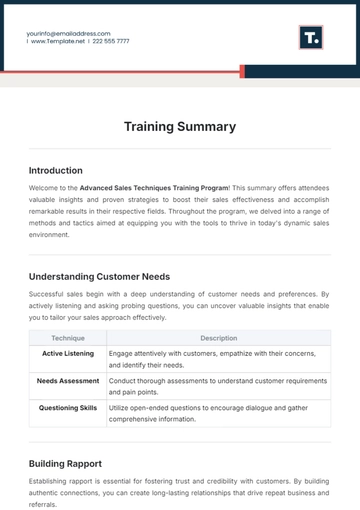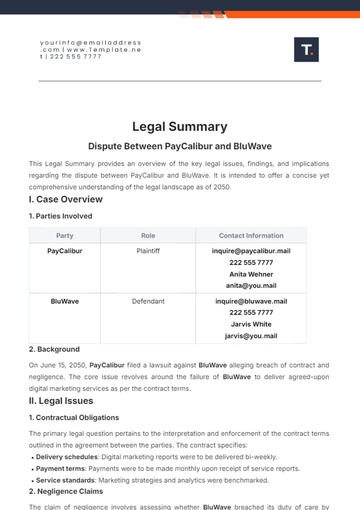Free Growth Strategy Executive Summary
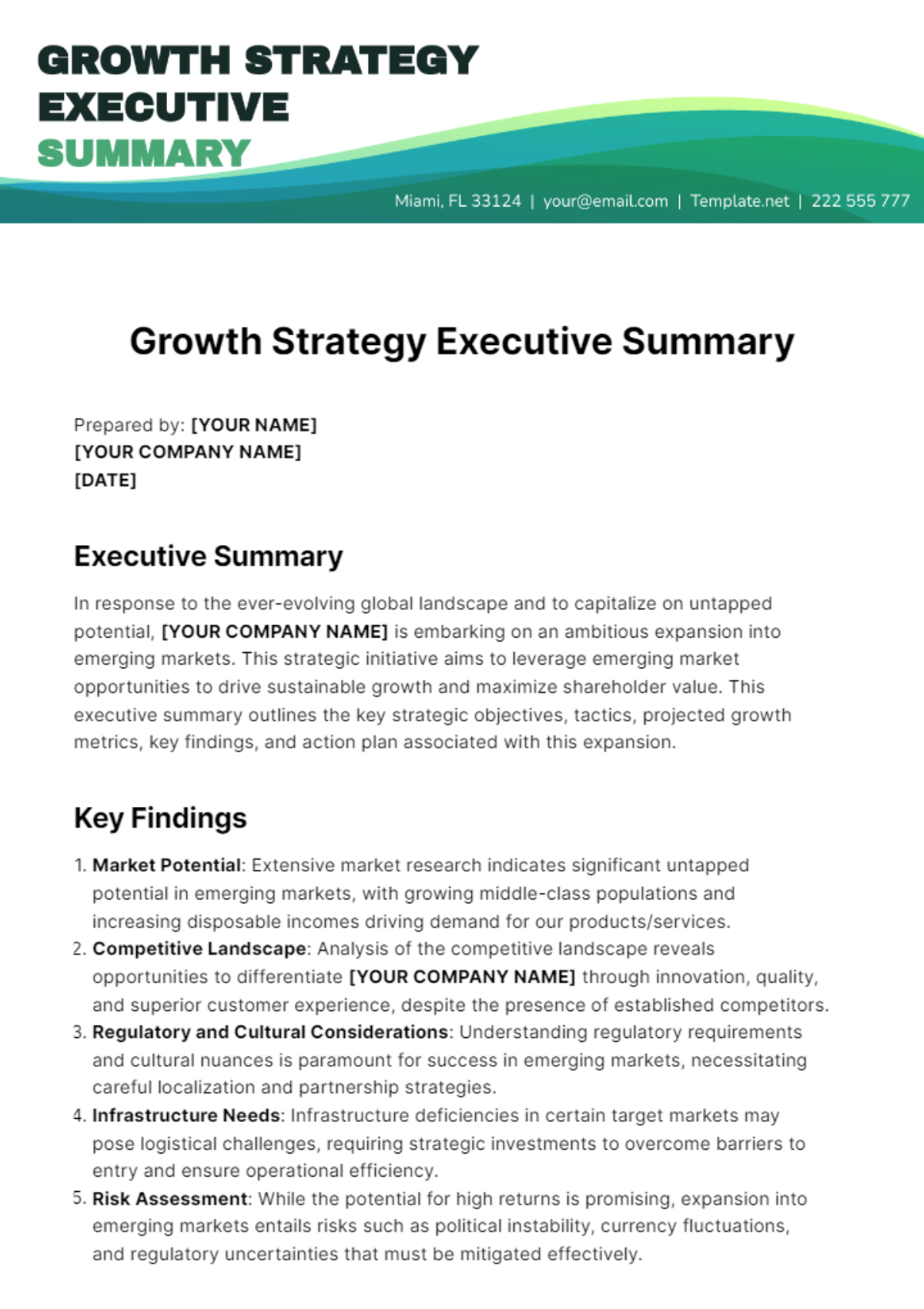
Prepared by: [YOUR NAME]
[YOUR COMPANY NAME]
[DATE]
Executive Summary
In response to the ever-evolving global landscape and to capitalize on untapped potential, [YOUR COMPANY NAME] is embarking on an ambitious expansion into emerging markets. This strategic initiative aims to leverage emerging market opportunities to drive sustainable growth and maximize shareholder value. This executive summary outlines the key strategic objectives, tactics, projected growth metrics, key findings, and action plan associated with this expansion.
Key Findings
Market Potential: Extensive market research indicates significant untapped potential in emerging markets, with growing middle-class populations and increasing disposable incomes driving demand for our products/services.
Competitive Landscape: Analysis of the competitive landscape reveals opportunities to differentiate [YOUR COMPANY NAME] through innovation, quality, and superior customer experience, despite the presence of established competitors.
Regulatory and Cultural Considerations: Understanding regulatory requirements and cultural nuances is paramount for success in emerging markets, necessitating careful localization and partnership strategies.
Infrastructure Needs: Infrastructure deficiencies in certain target markets may pose logistical challenges, requiring strategic investments to overcome barriers to entry and ensure operational efficiency.
Risk Assessment: While the potential for high returns is promising, expansion into emerging markets entails risks such as political instability, currency fluctuations, and regulatory uncertainties that must be mitigated effectively.
Action Plan
Market Selection: Prioritize target markets based on factors such as market size, growth potential, competitive intensity, and regulatory environment.
Localization Strategy: Develop tailored products, marketing campaigns, and distribution channels to resonate with the unique needs and preferences of each target market.
Partnership Development: Establish strategic partnerships with local businesses, government agencies, and distribution networks to navigate regulatory complexities and gain market insights.
Infrastructure Investments: Allocate resources to build robust infrastructure, including manufacturing facilities, logistics networks, and customer support centers, to ensure seamless operations and scalability.
Talent Acquisition and Development: Recruit and train local talent to drive innovation, foster cultural understanding, and facilitate market penetration.
Monitoring and Adaptation: Implement robust monitoring mechanisms to track key performance indicators and market dynamics, enabling agile decision-making and continuous adaptation to changing market conditions.
Projected Growth Metrics
The following tables outline the projected market penetration and revenue forecasts for each target market:
Table 1: Projected Market Penetration
Target Market | Projected Market Penetration (%) |
|---|---|
[MARKET 1] | [PENETRATION PERCENTAGE] |
[MARKET 2] | [PENETRATION PERCENTAGE] |
[MARKET 3] | [PENETRATION PERCENTAGE] |
Table 2: Revenue Forecasts
Target Market | Projected Annual Revenue (USD) |
|---|---|
[MARKET 1] | [REVENUE PROJECTION] |
[MARKET 2] | [REVENUE PROJECTION] |
[MARKET 3] | [REVENUE PROJECTION] |
Conclusion
[YOUR COMPANY NAME]'s expansion into emerging markets presents significant growth opportunities, albeit accompanied by inherent risks and challenges. By executing our strategic objectives with precision and agility, we aim to establish a strong foothold in these markets, driving sustainable growth and delivering value to our stakeholders. Through continuous adaptation, innovation, and a commitment to excellence, we are poised to emerge as a global leader in [YOUR INDUSTRY].
- 100% Customizable, free editor
- Access 1 Million+ Templates, photo’s & graphics
- Download or share as a template
- Click and replace photos, graphics, text, backgrounds
- Resize, crop, AI write & more
- Access advanced editor
Introducing the Growth Strategy Executive Summary Template from Template.net. This fully editable and customizable tool is tailored for executives seeking a streamlined approach to summarizing growth initiatives. Crafted to perfection, it's editable in our AI Editor Tool, ensuring seamless customization. Elevate your strategy with ease and precision.
